An extraordinary treasure of 141 Roman gold coins, or solidi, of the late 4th century CE has been unearthed by archaeologists from Luxembourg. The finding was made at Holzthum village in northern Luxembourg after several years of excavations headed by the National Institute for Archaeological Research (INRA).

These solidi were struck between 364 and 408 CE, carrying portraits of nine emperors. The pieces of money found include the rare coins of Emperor Eugenius, who reigned for only two years (392–394 CE).
The coins, valued at approximately €308,600 (about $322,000), were found near the foot of a late Roman fortified tower, burgus, which was used for military observation. Of the emperors that can be made out from the remains found, Eugenius is the most outstanding. He had a very short and stormy government, proclaimed by the powerful general Arbogast as emperor of the Western Roman Empire following the mysterious death of Emperor Valentiniān II; Eugenius tried to recover elements of the Roman pagan traditions, and for a time he enjoyed the support of the nobility of the West.
His reign, however, was contested by the Eastern Roman Emperor, the Christian Theodosius I, who refused to allow Eugenius to exercise authority. This inevitably led to the Battle of Frigidus in 394 CE, which saw the defeat and subsequent execution of Eugenius. His coins remain among the rarest relics of his short rule.

“This is a major archaeological discovery,” announced INRA researchers in a statement, “as it is extremely rare to be able to study an entire ancient monetary deposit in its archaeological context.”
The treasure was first discovered in 2019 when two amateur archaeologists found a gold coin in an adjacent field. Recognizing the significance of their find, they contacted authorities, and professional excavation began in 2020. Over the following four years, archaeologists diligently excavated the site, assisted by the Luxembourg Army’s Bomb Disposal Service due to the presence of munitions from World War II.
The site gave up not just the coin hoard but also the remains of the burgus and several graves nearby, which together provide information on the Roman Empire’s frontier defenses in Gallia Belgica, the area encompassing present-day Luxembourg.

The solidi, which weighed about 0.16 ounces (4.5 grams) each, were a stable currency introduced in the fourth century. Their good condition and historical value, especially including coins issued by Eugenius, make them numismatically valuable. The coins are a testimony to the geopolitical and cultural changes in the late Roman Empire, including increased Germanic influence, such as that of the Franks.
The value of the hoard has been compensated to the landowner according to Luxembourg’s cultural heritage laws.
The coins and associated artifacts have undergone further study and conservation. INRA intends to publish the results of its research in one of the scientific journals. Discussions about where the hoard should be displayed are still underway.
More information: INRA



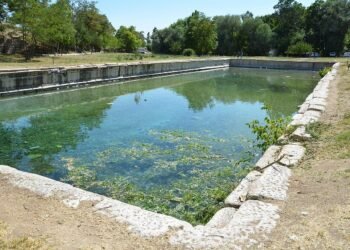

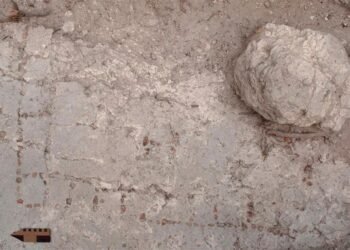
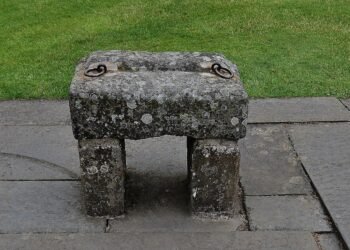
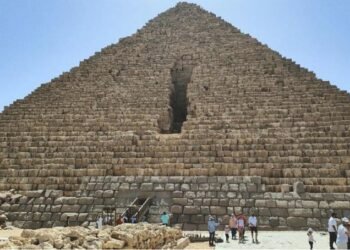
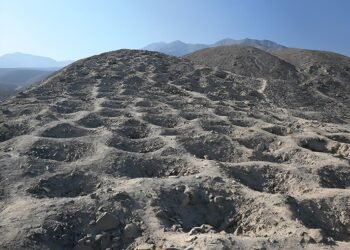














I’m just wondering if I’m going to get some or not so just email me of what’s going on okay bye